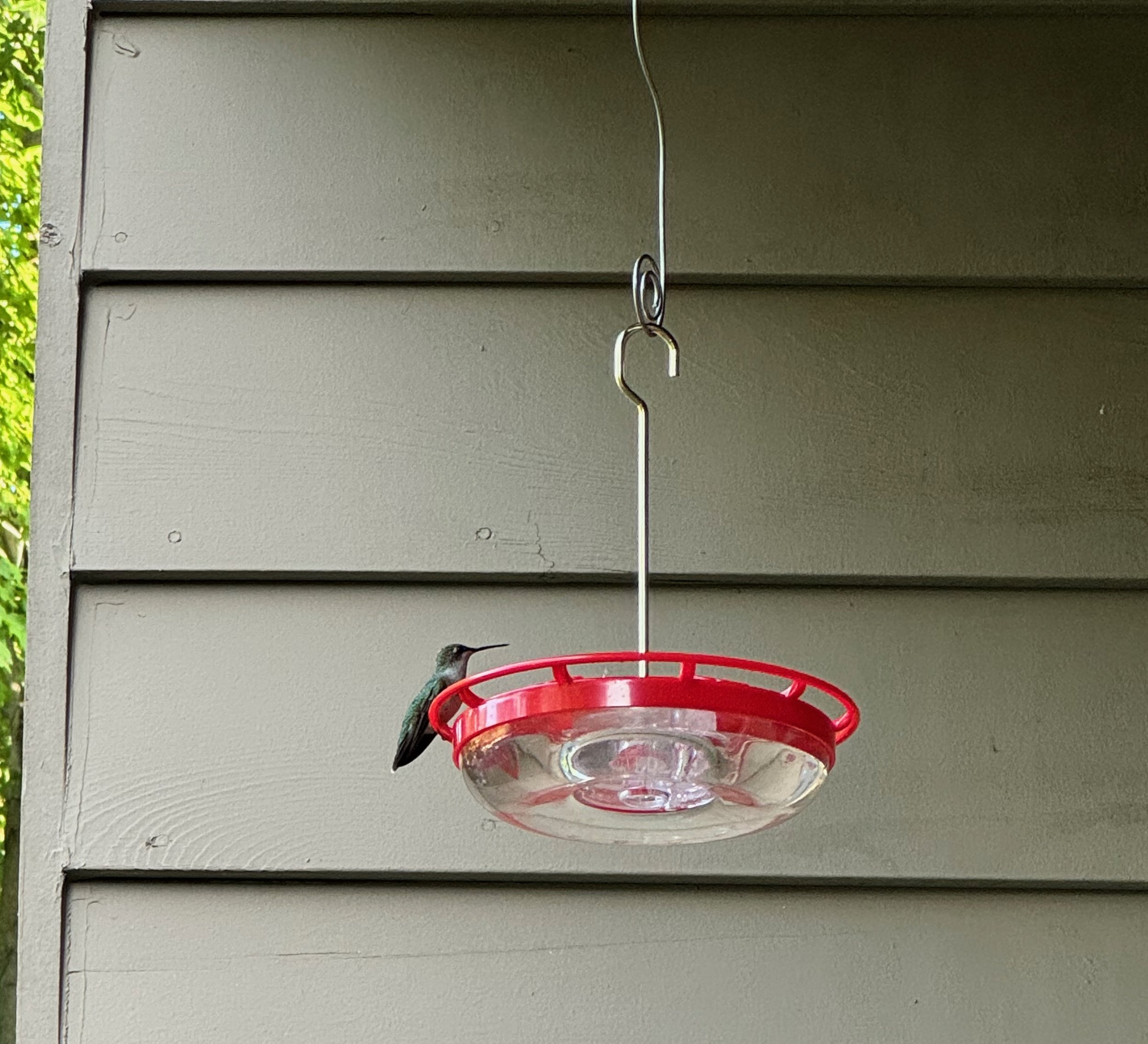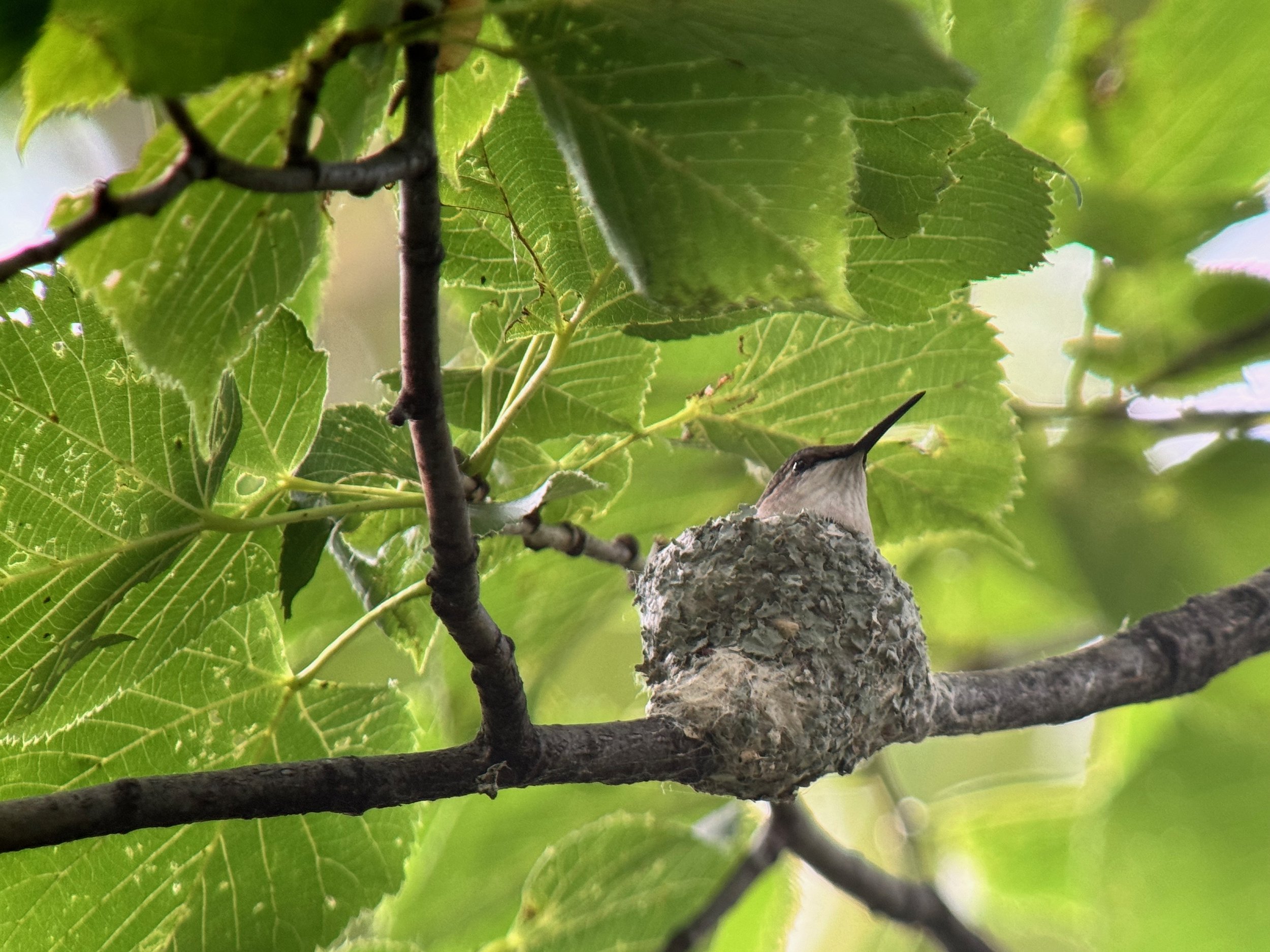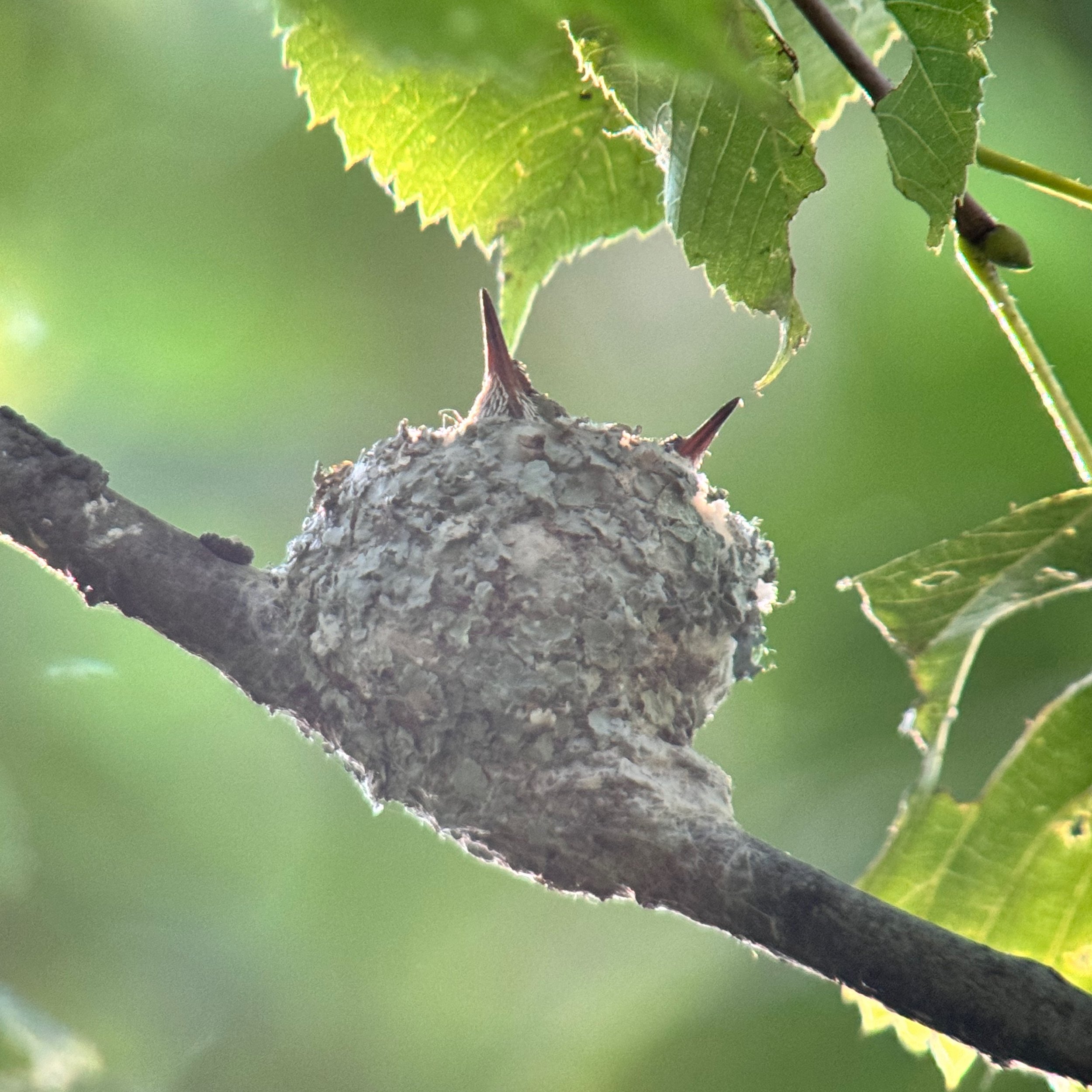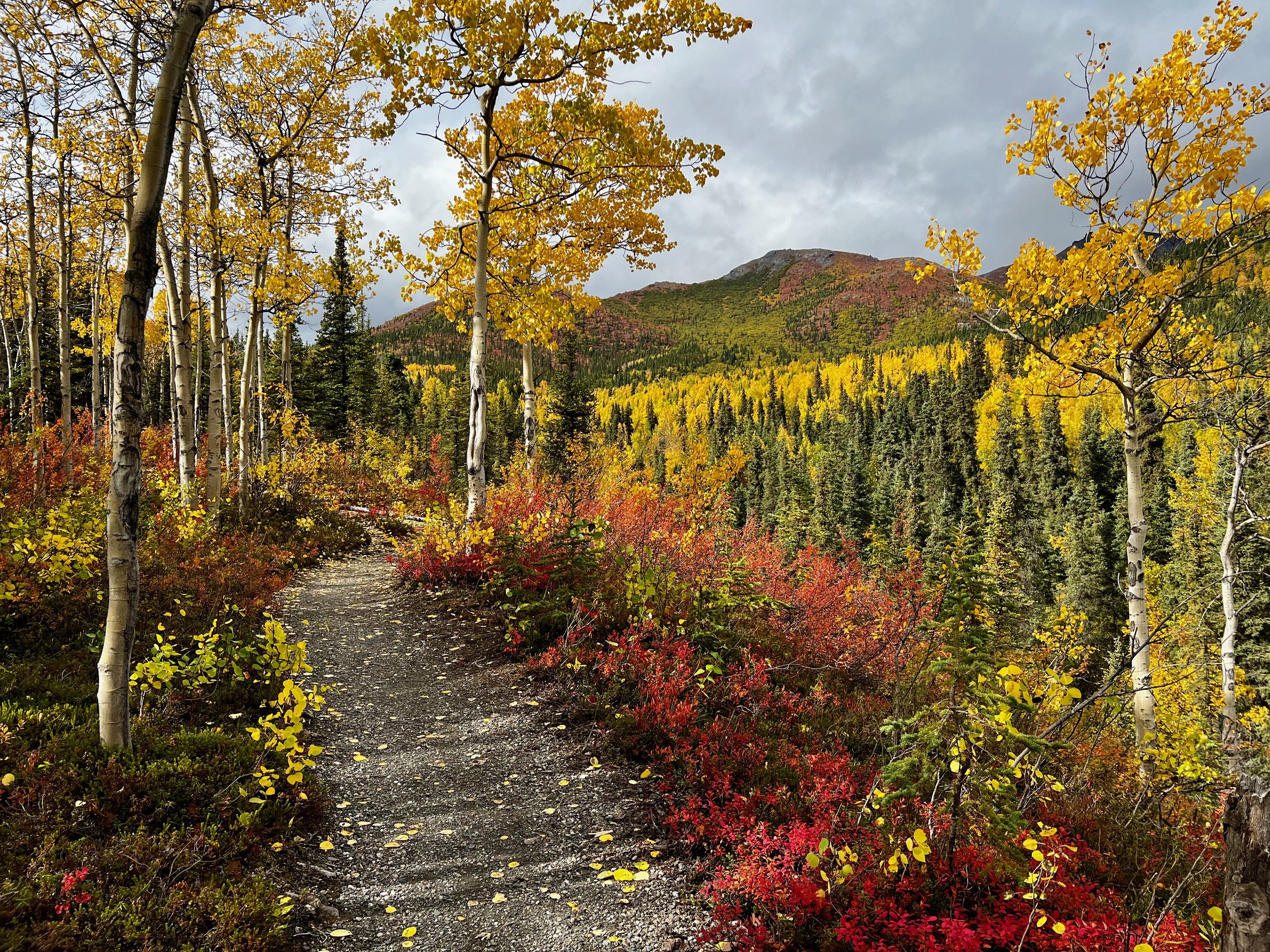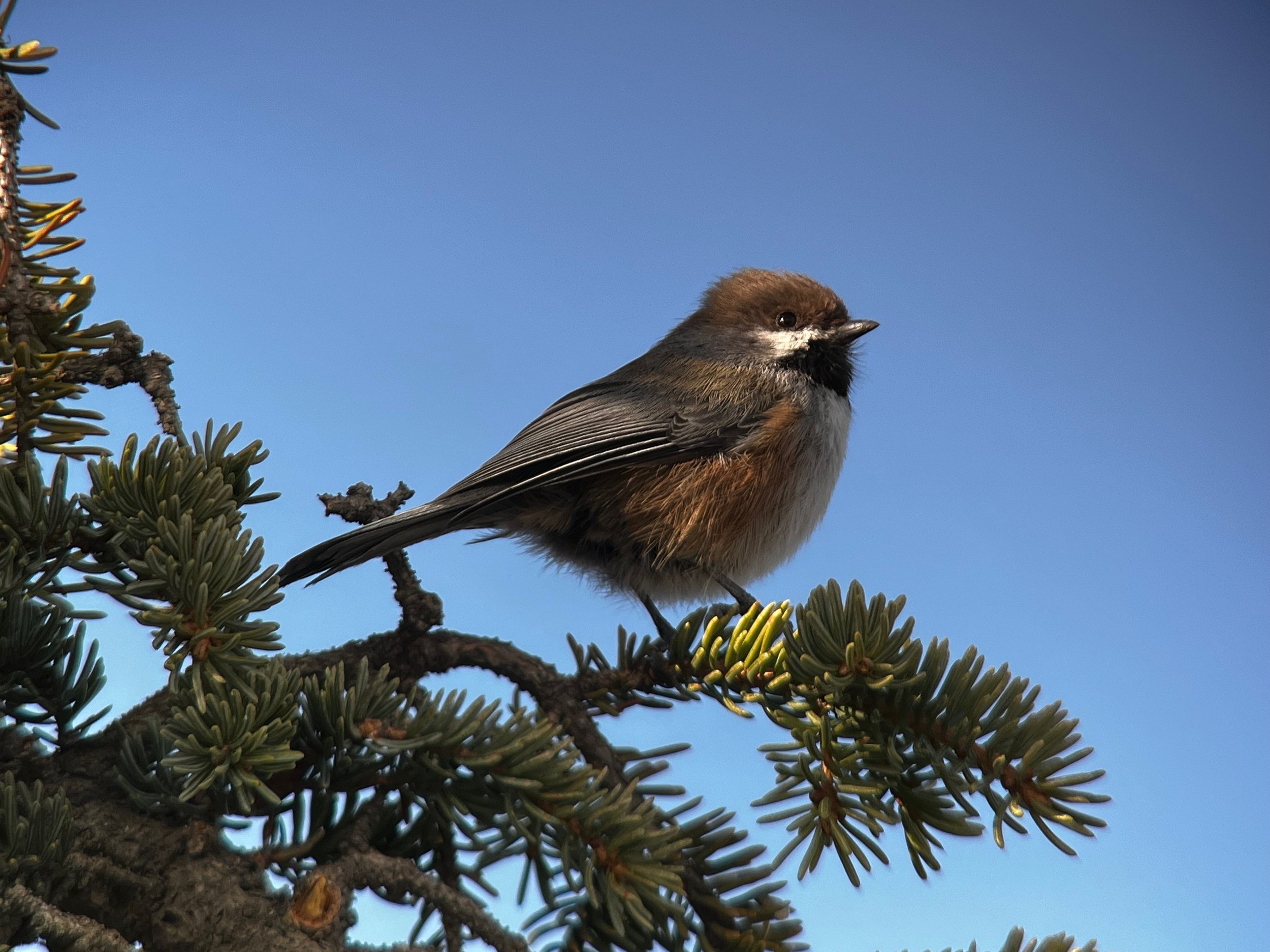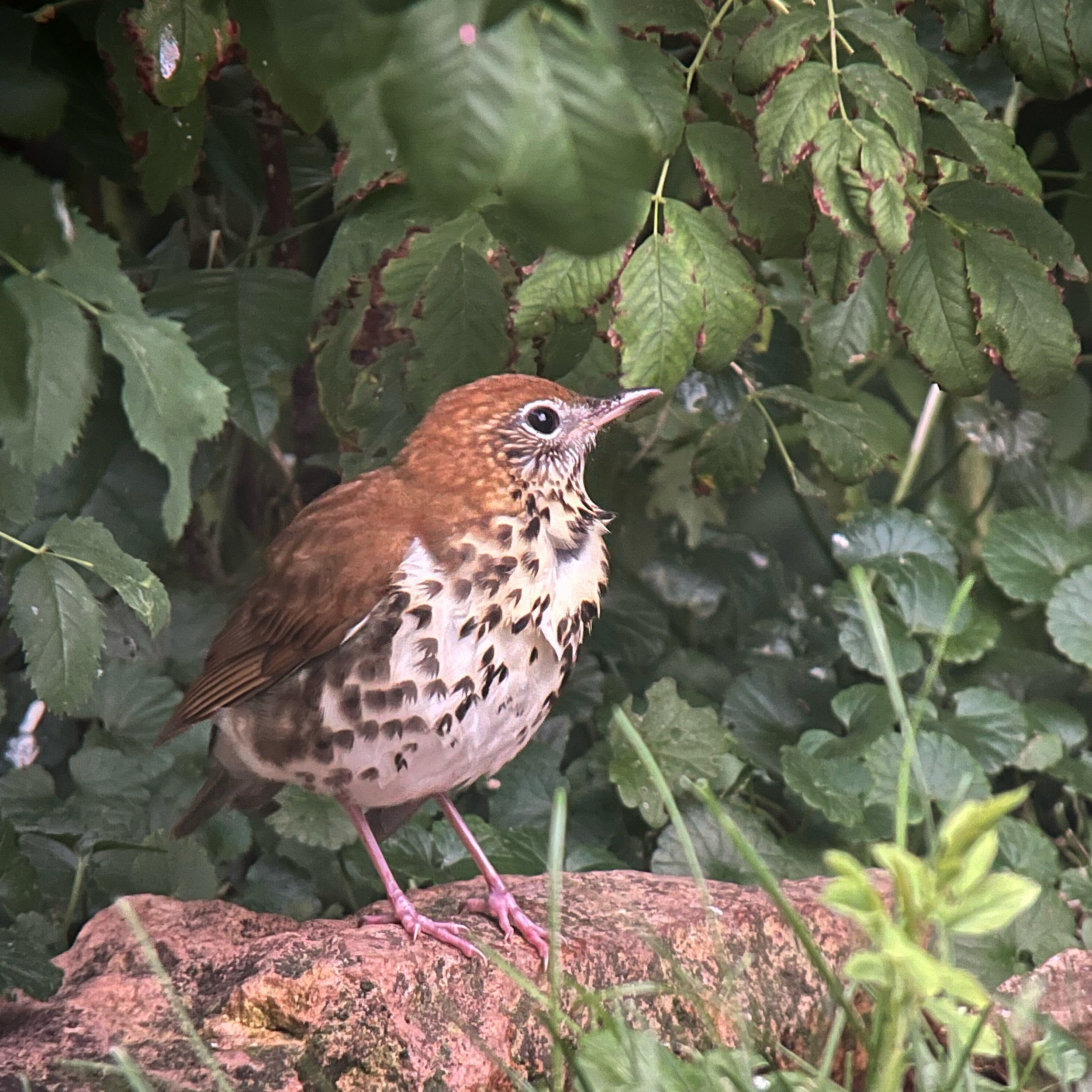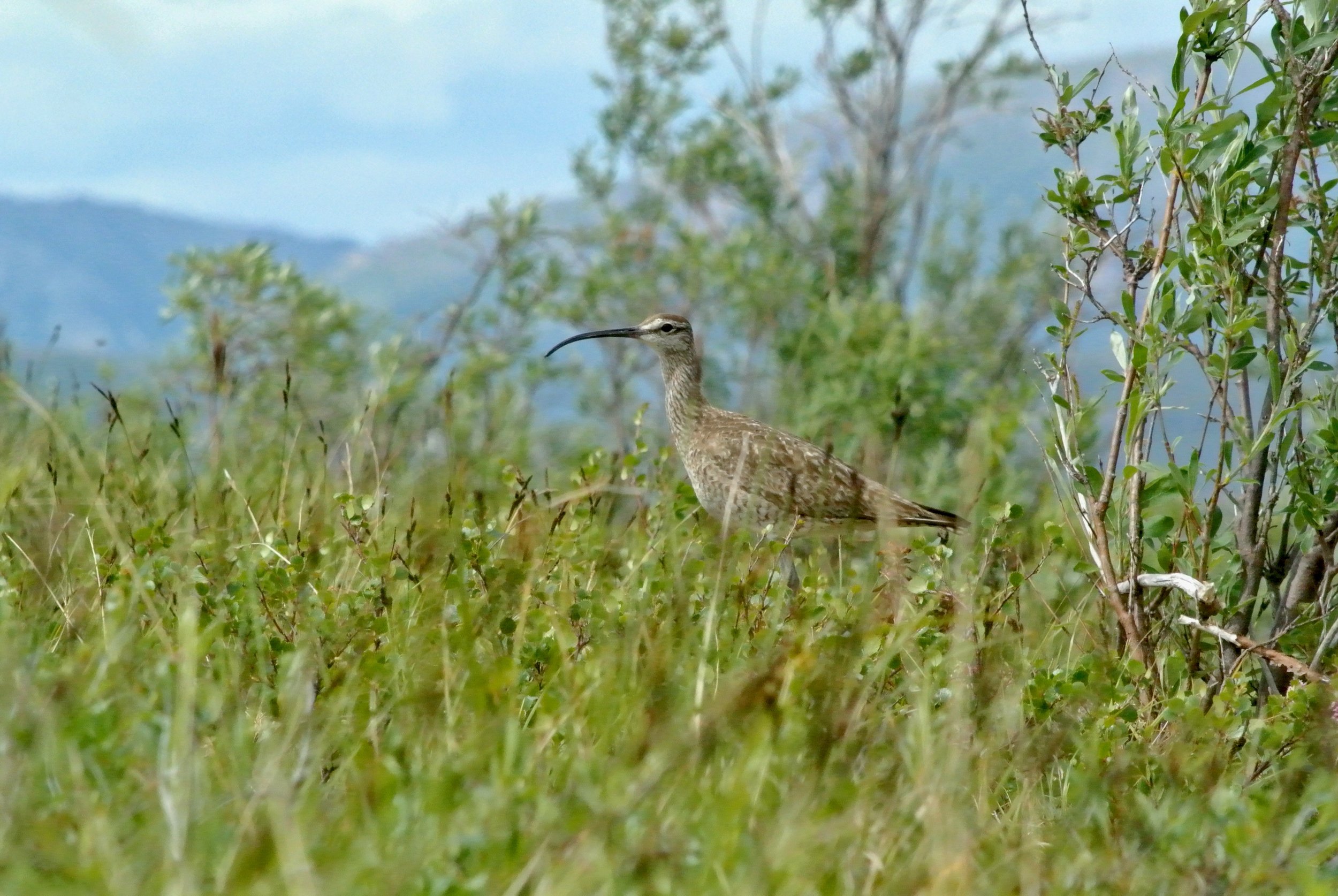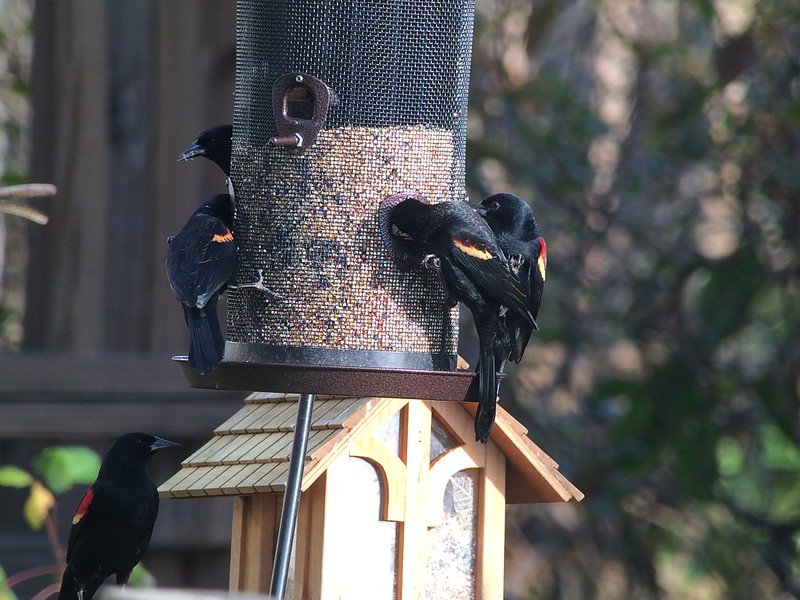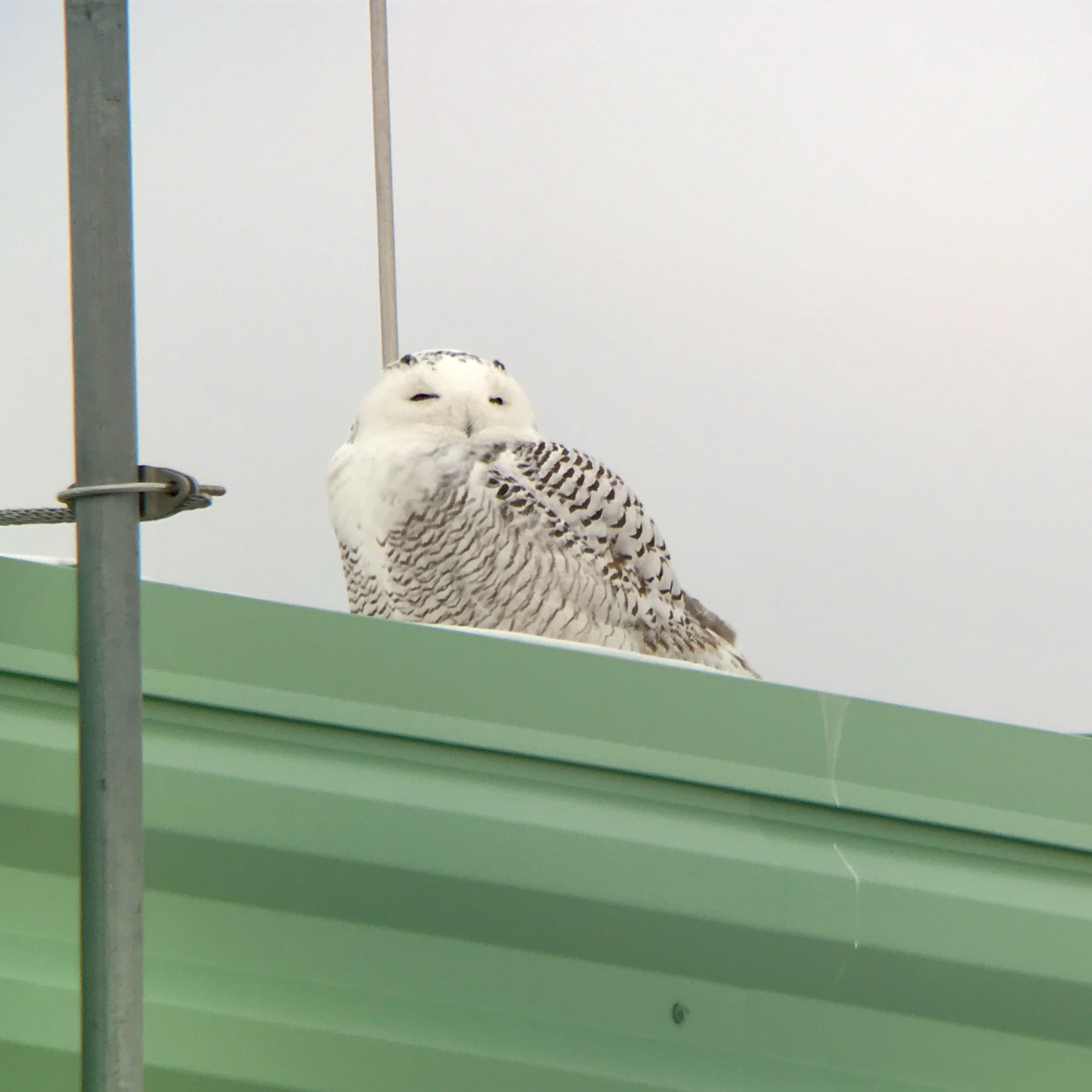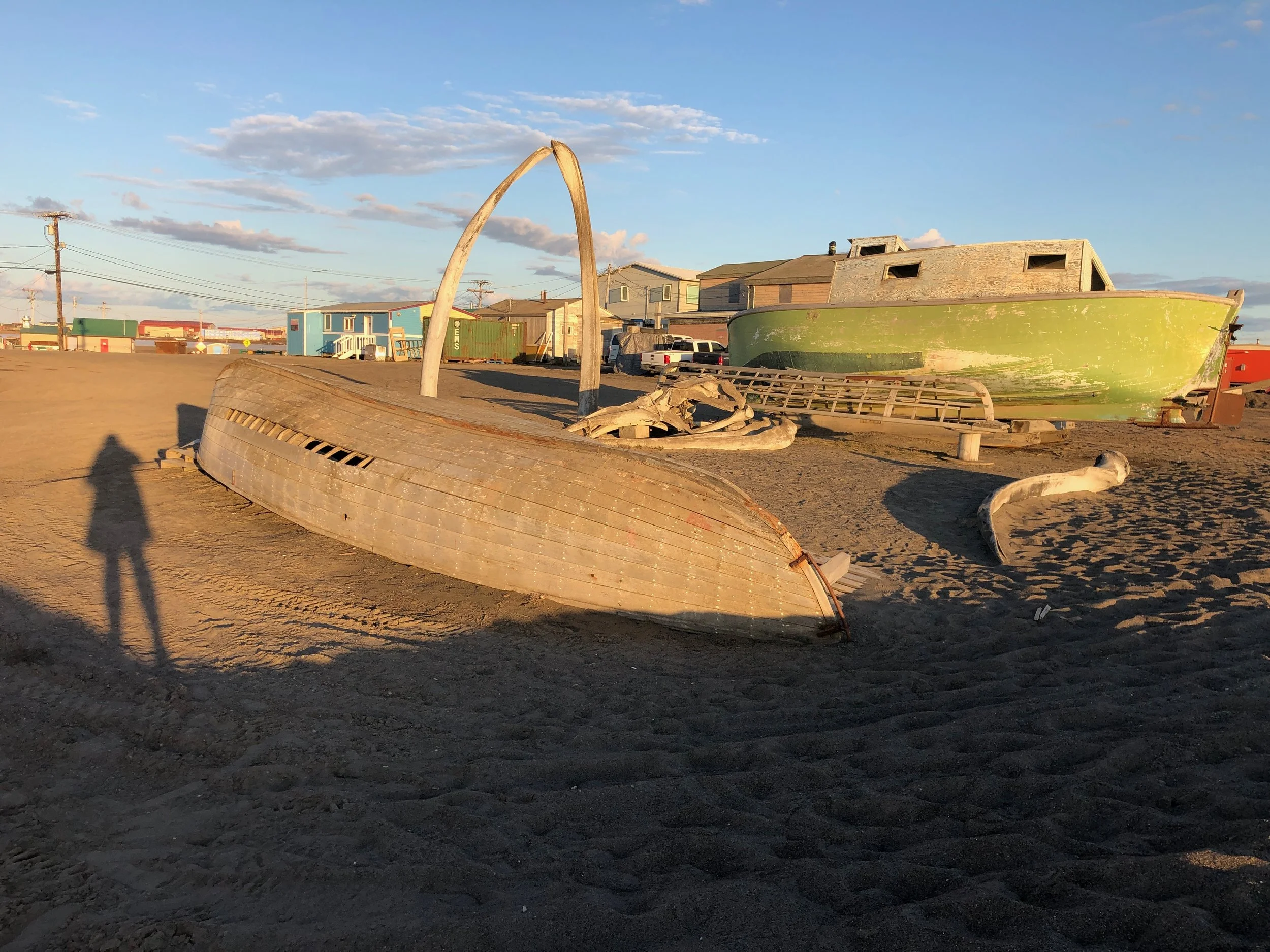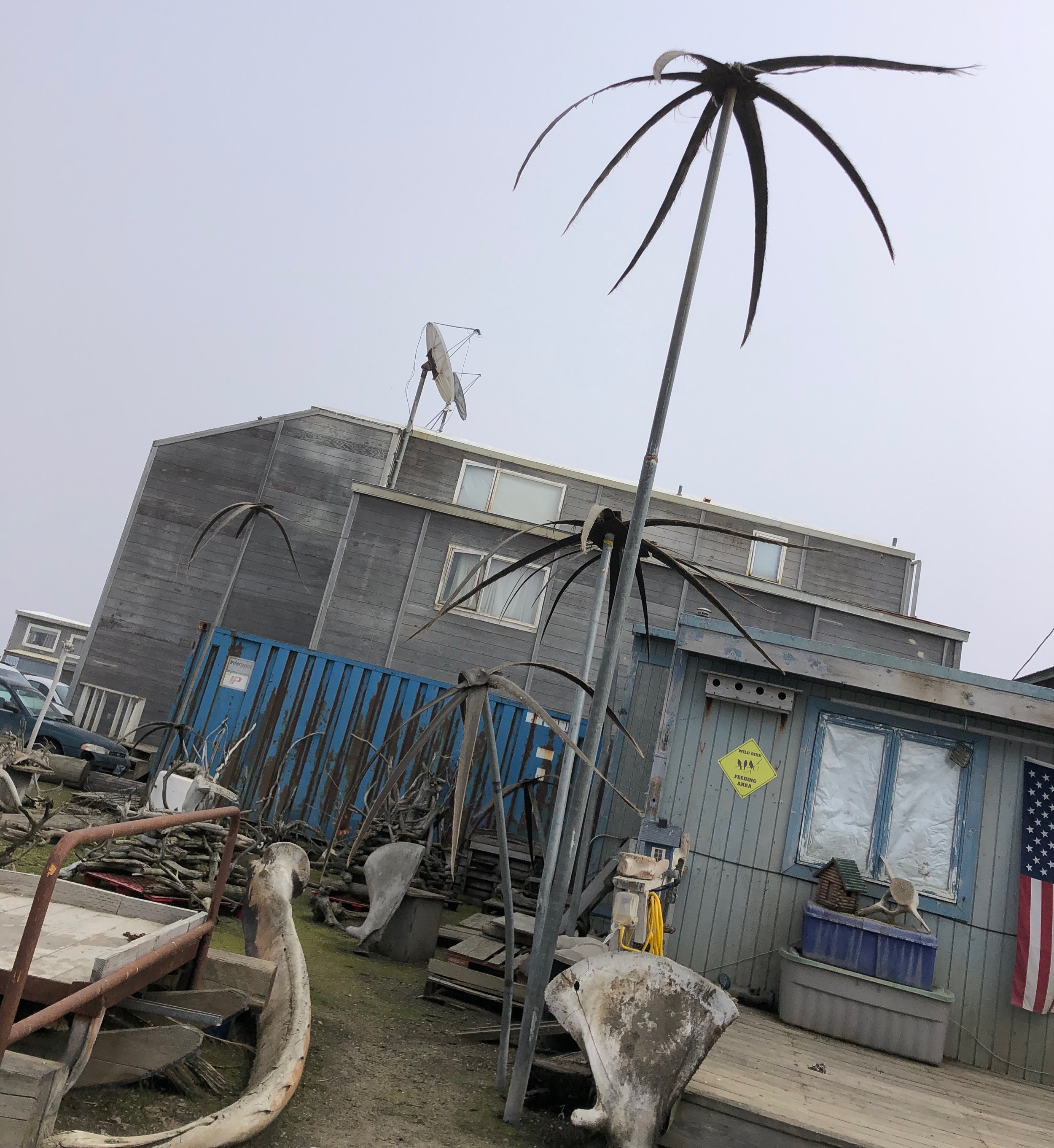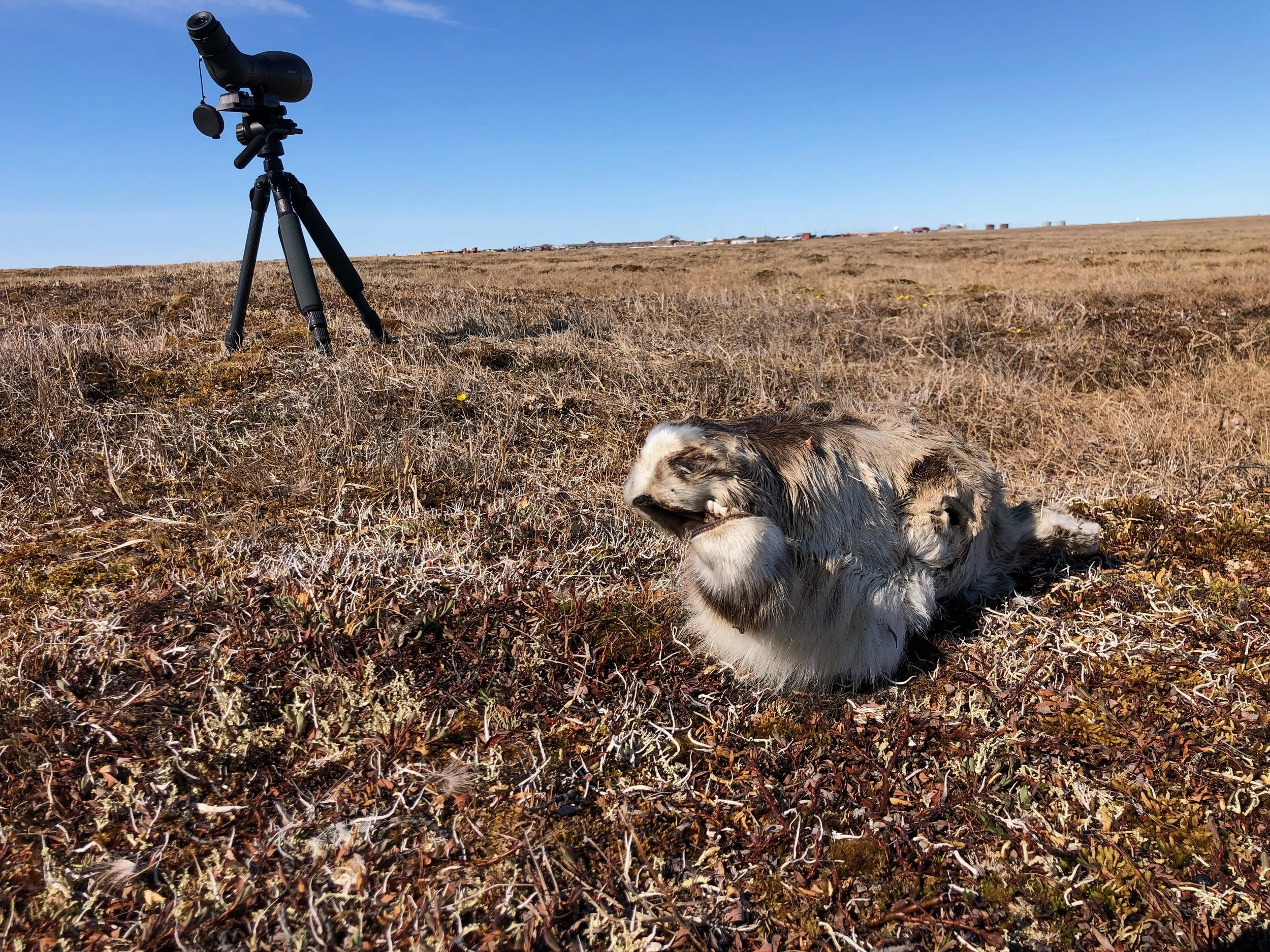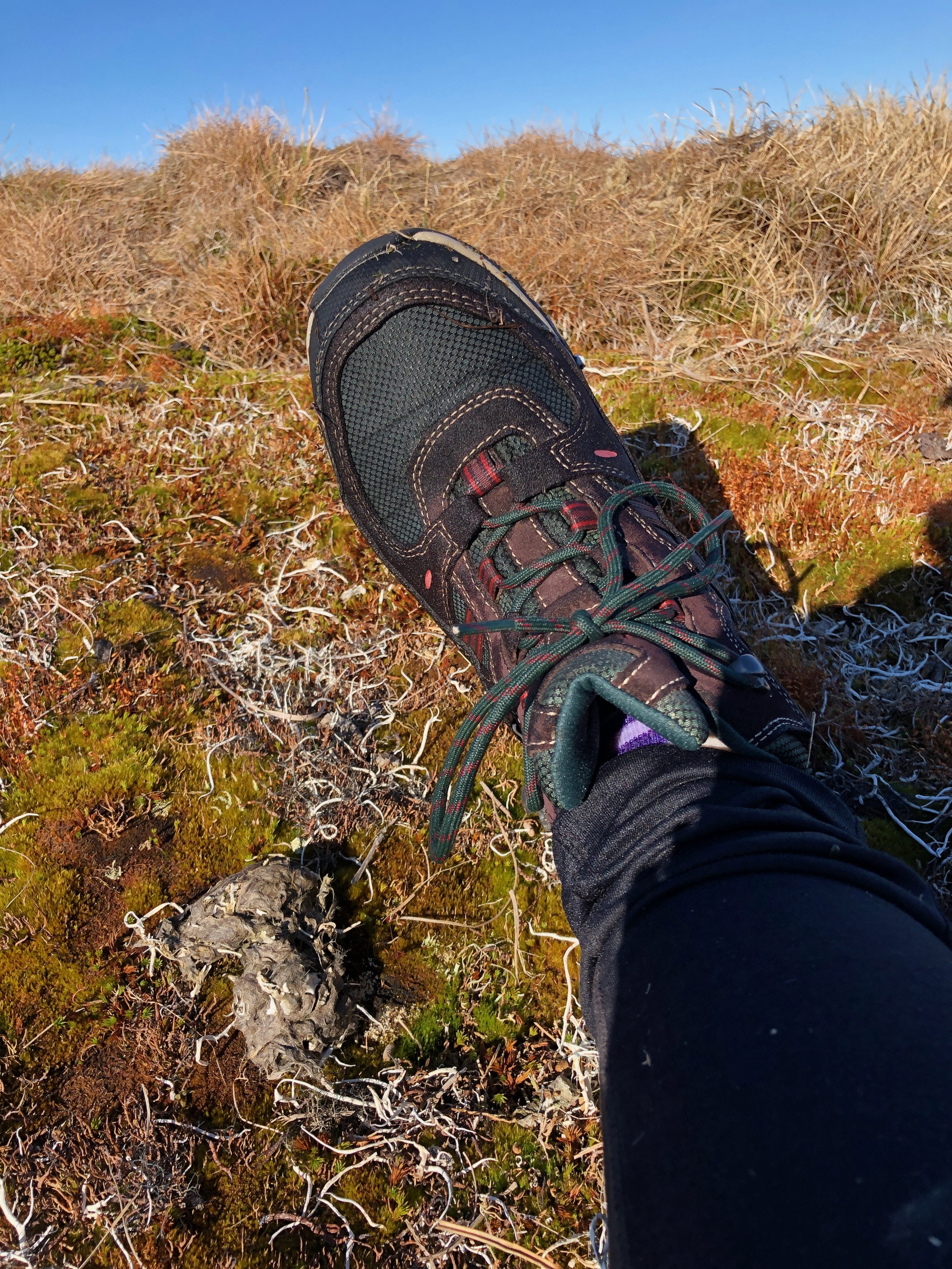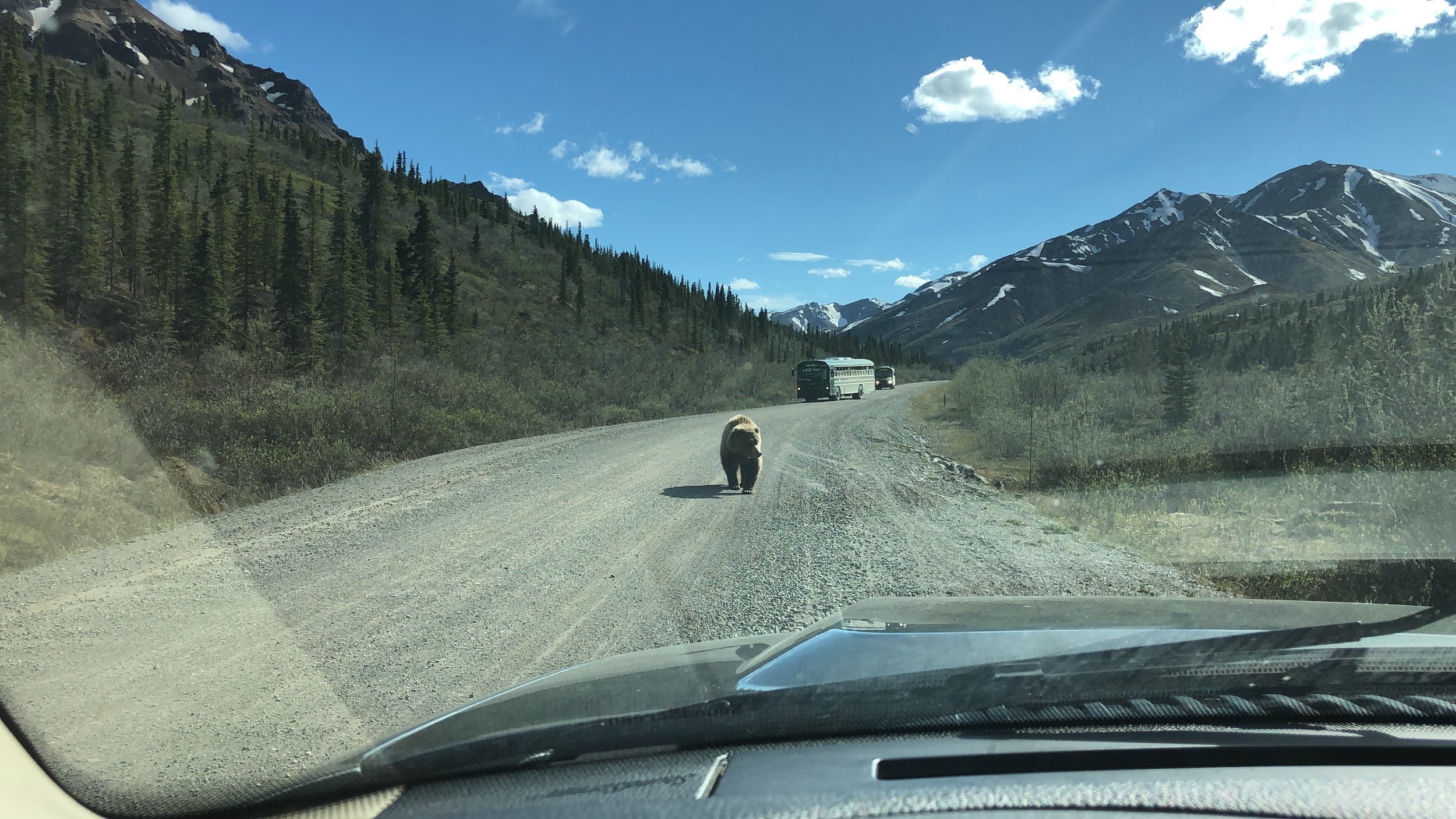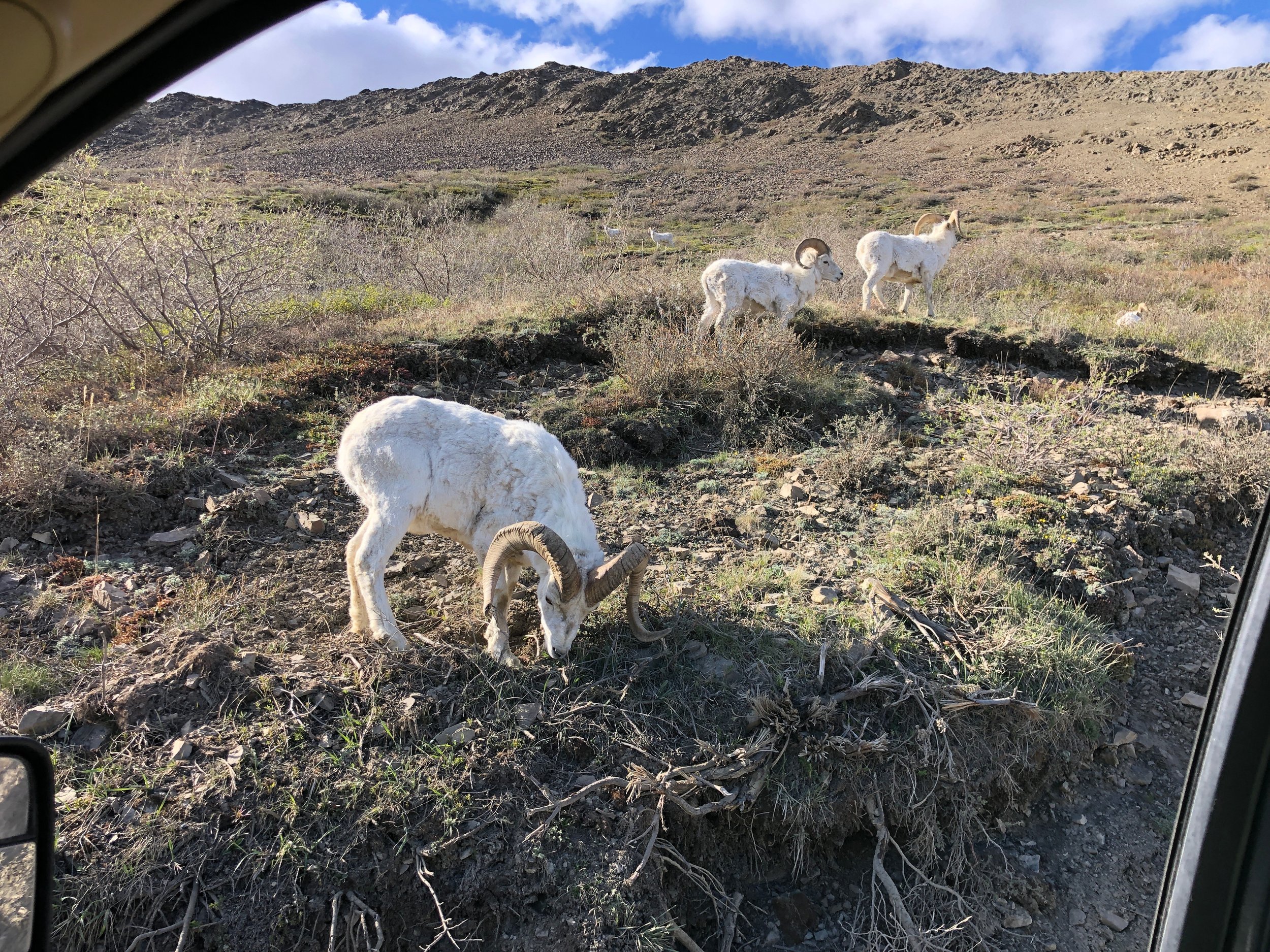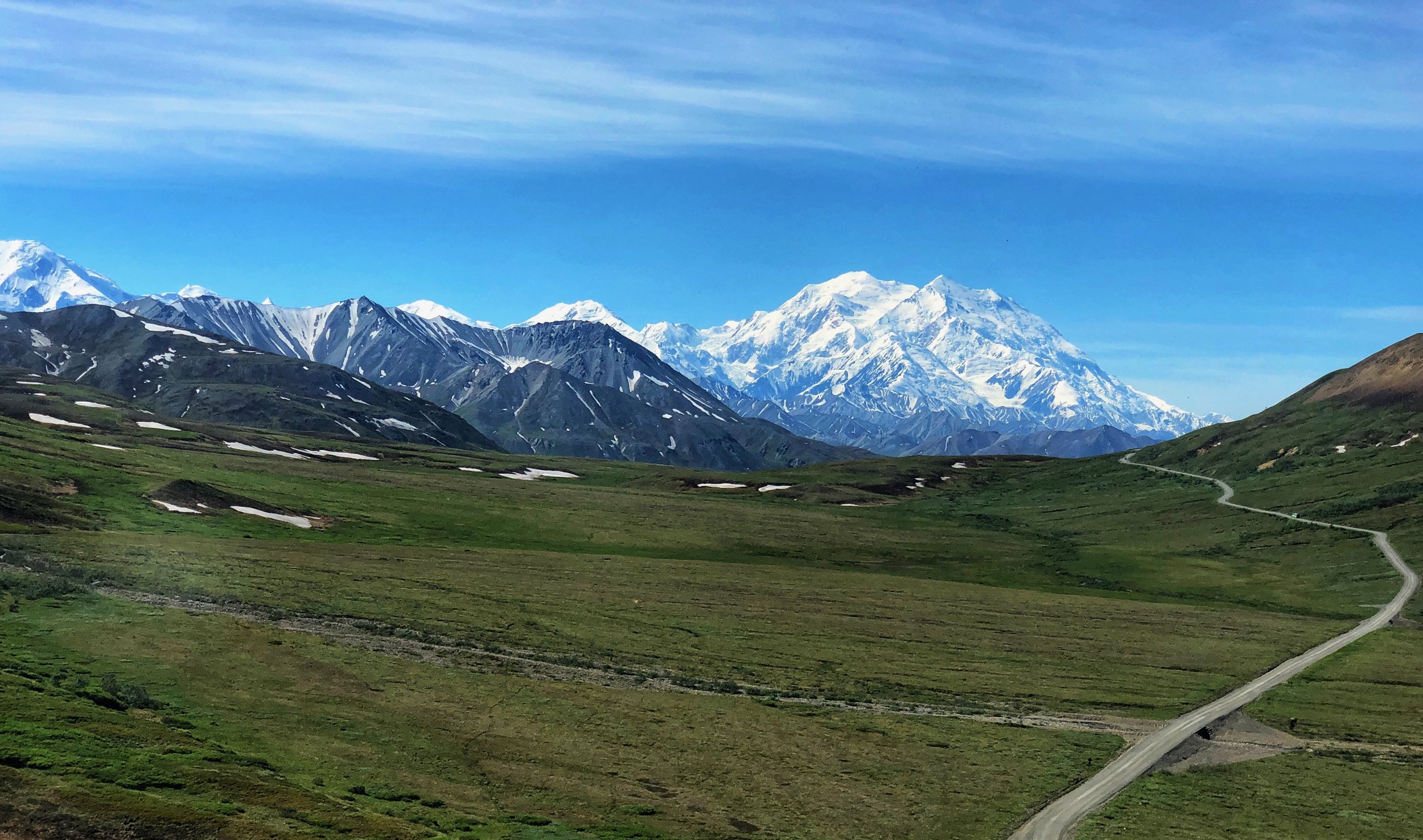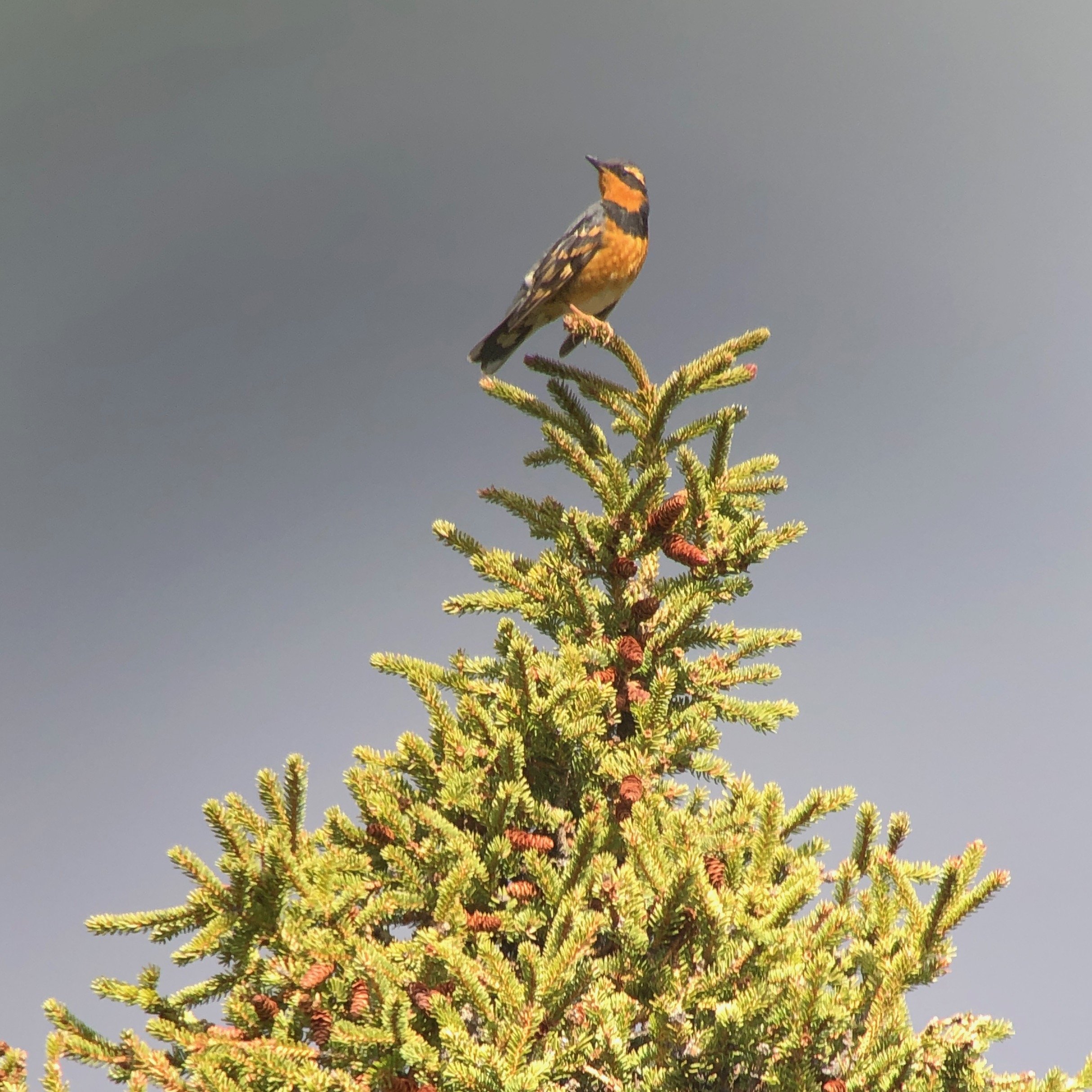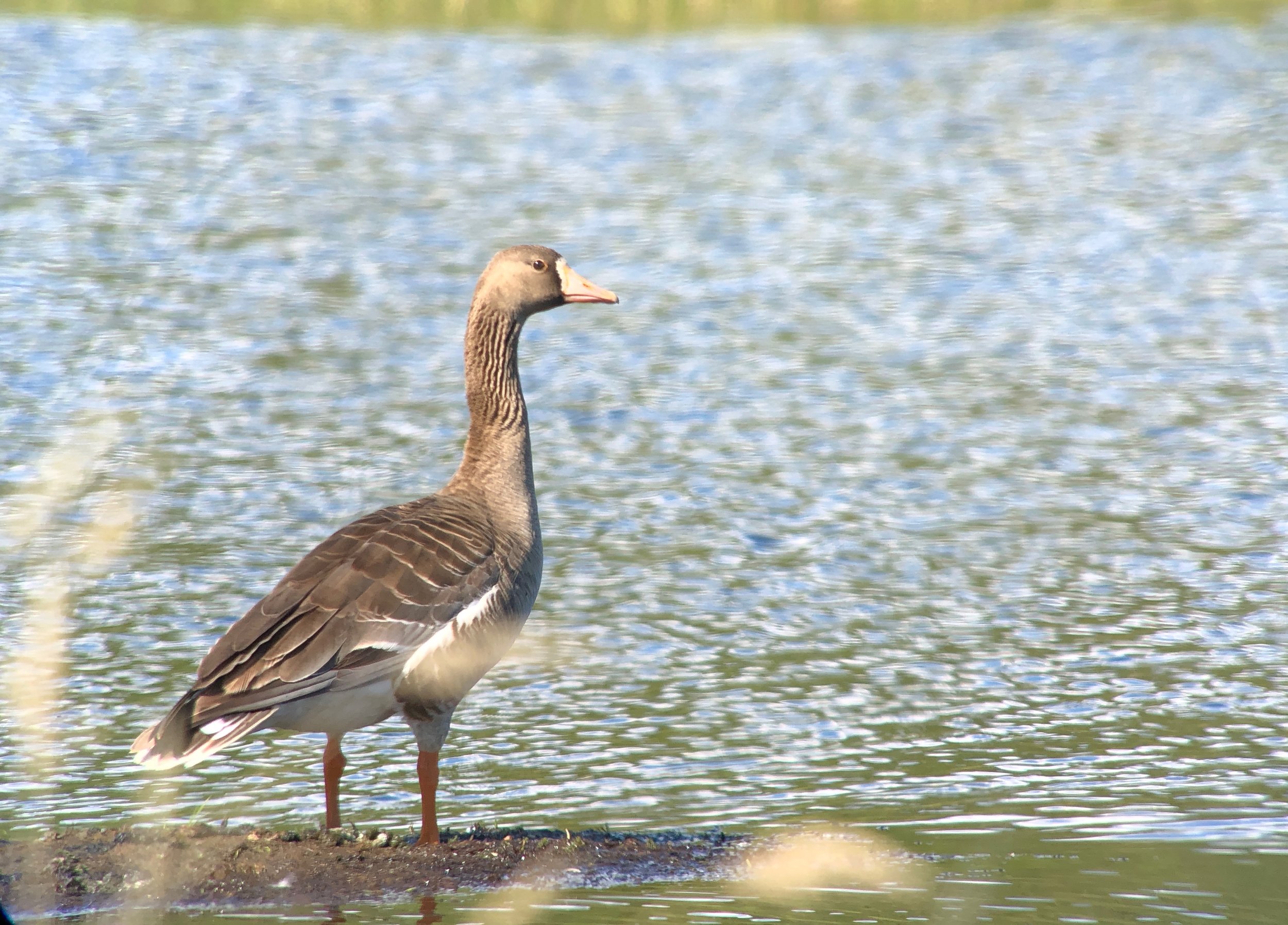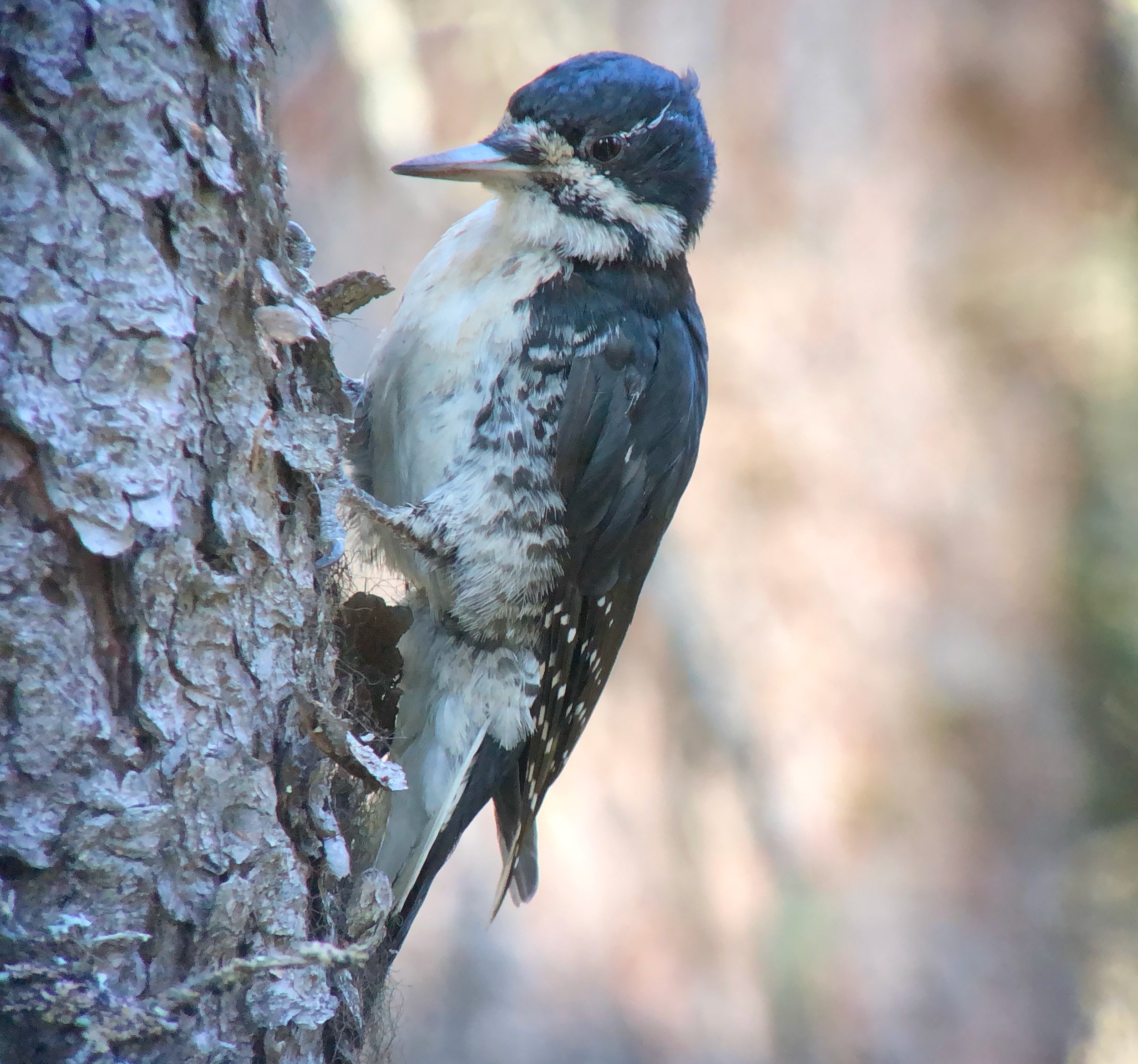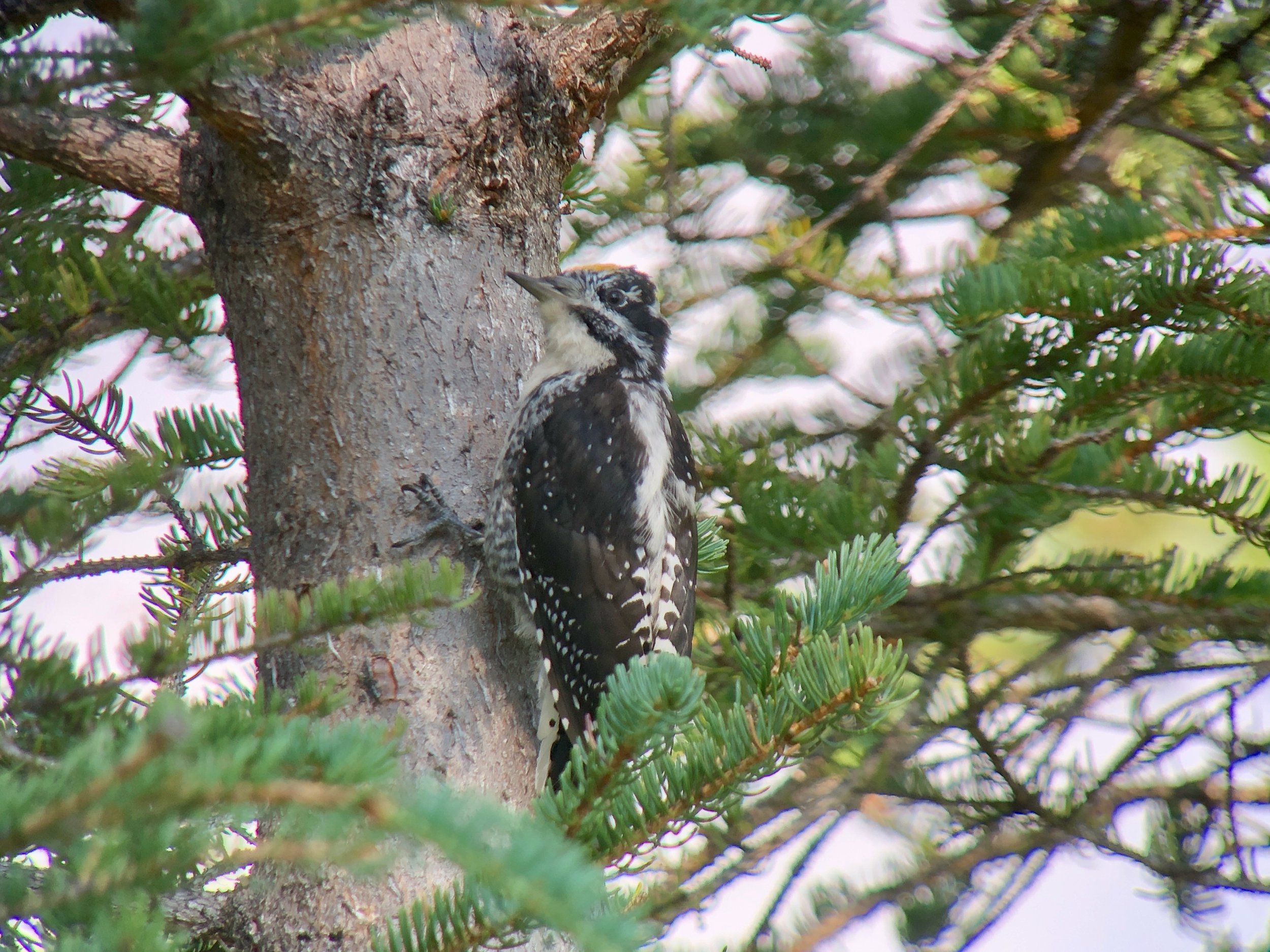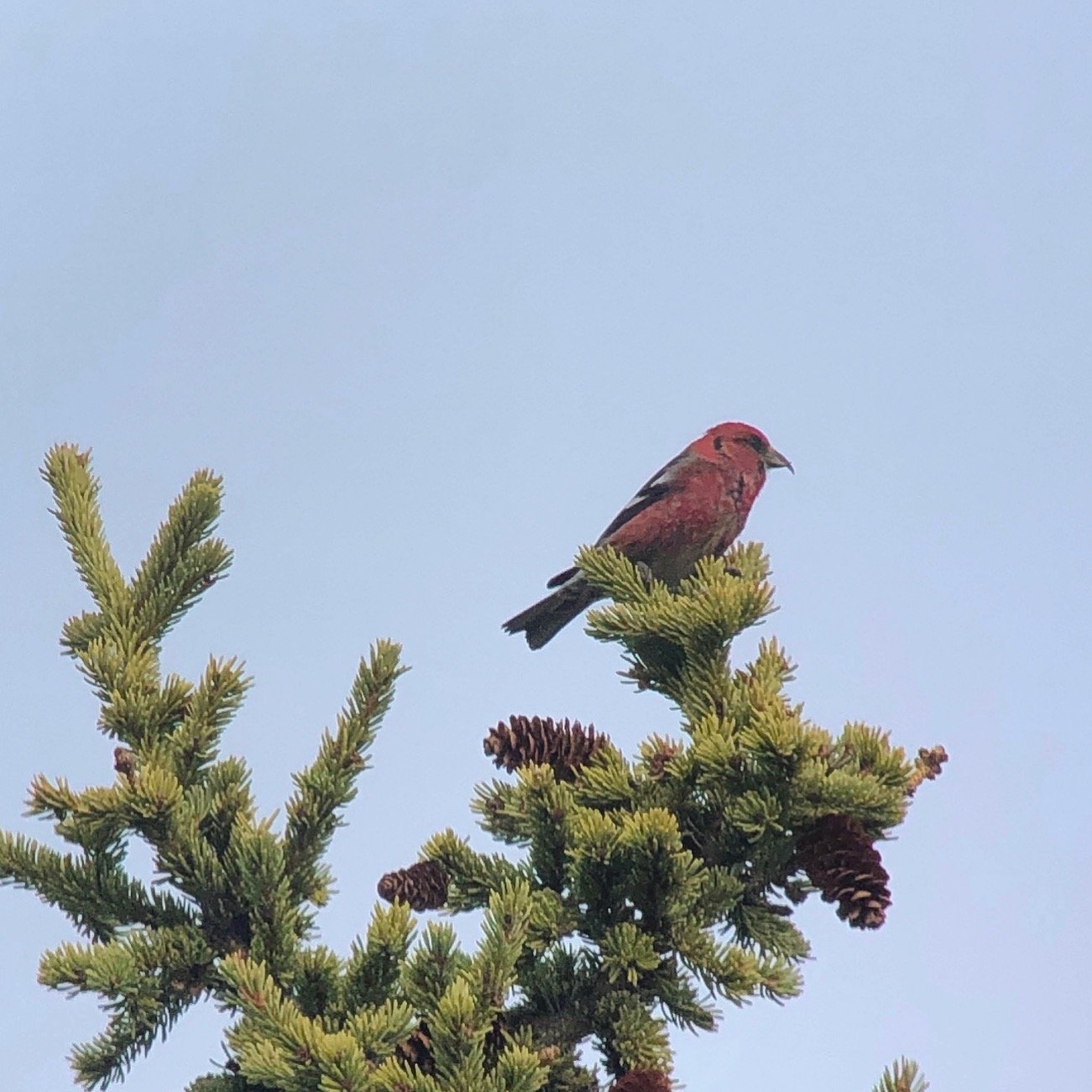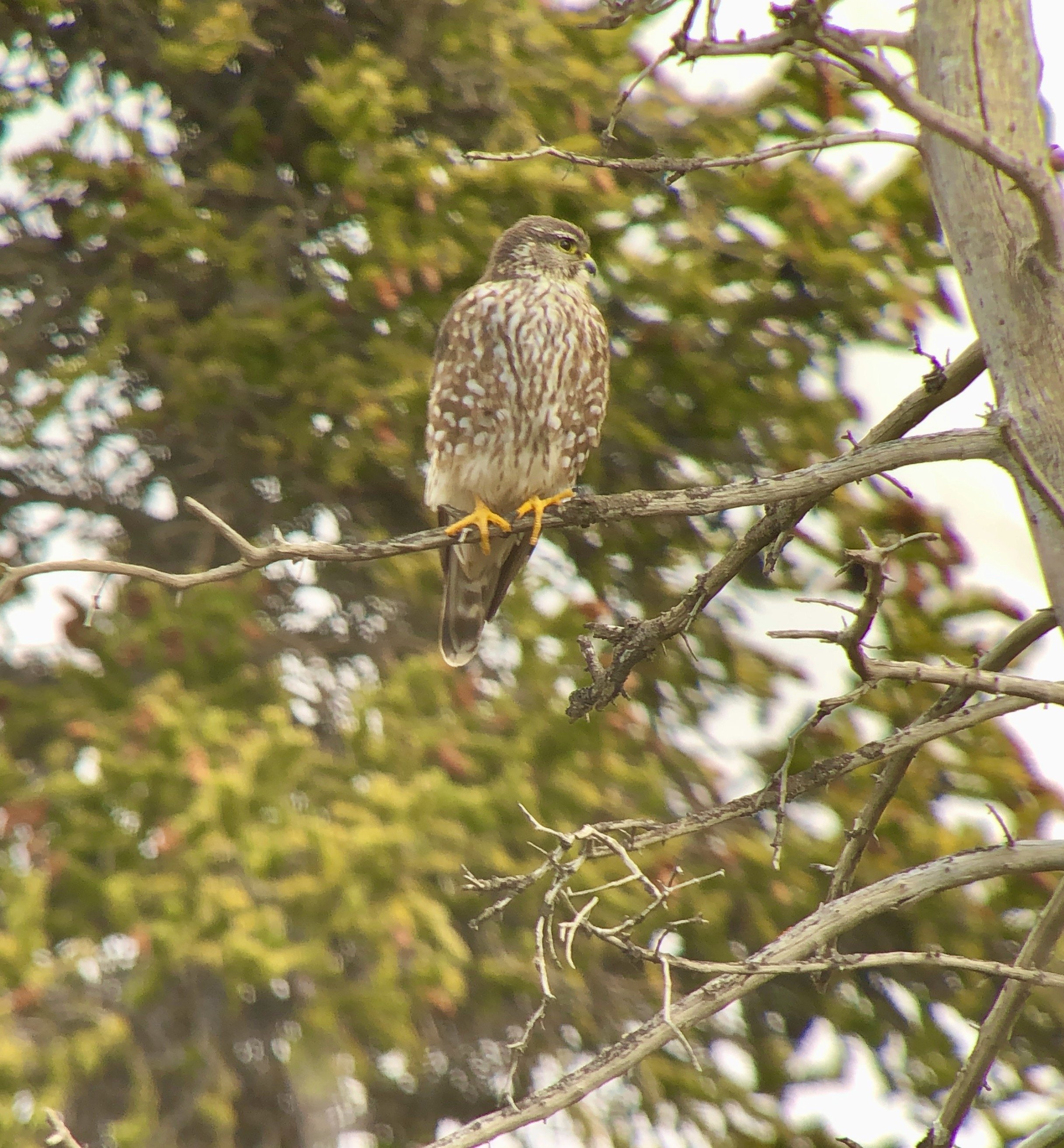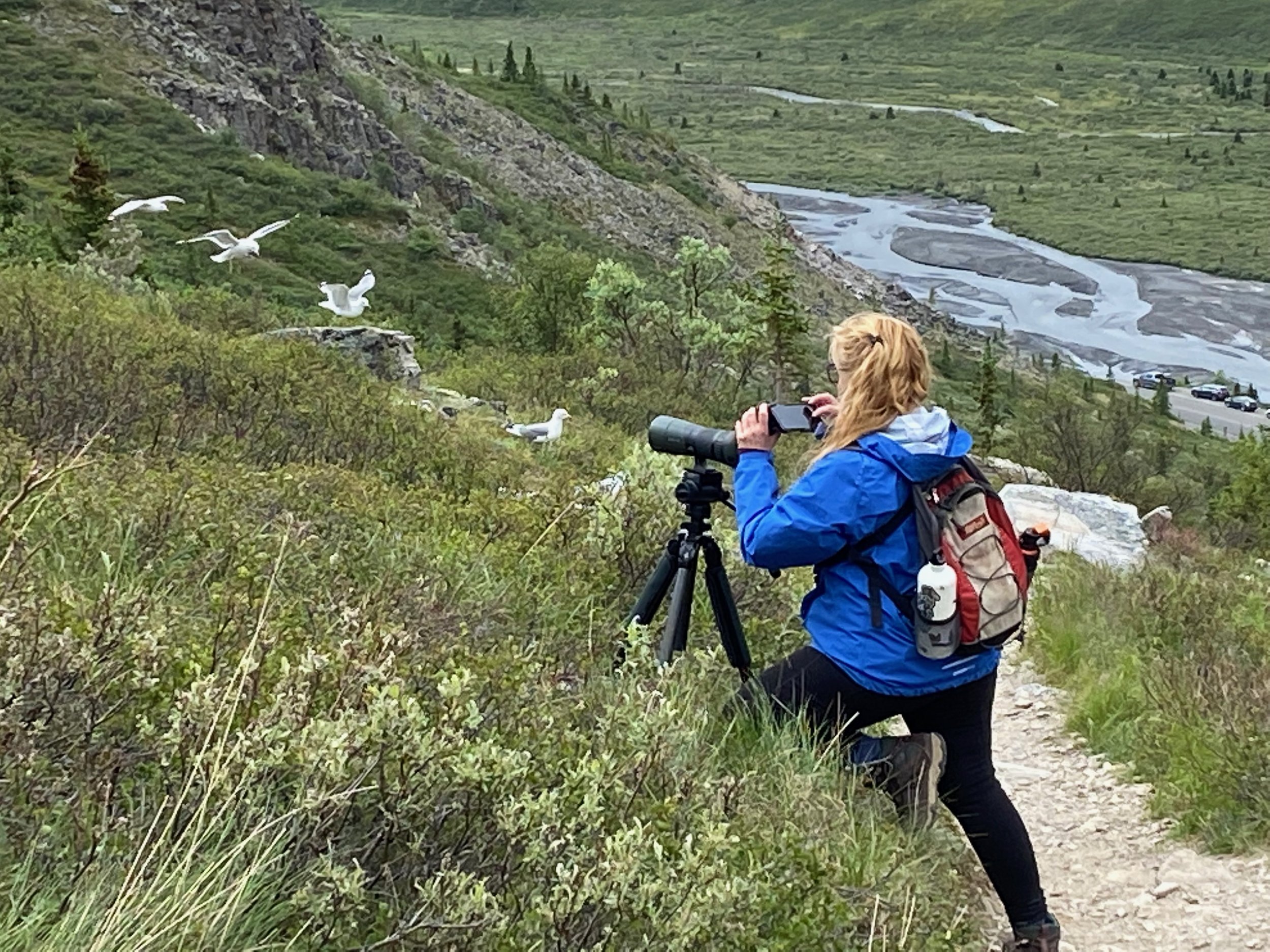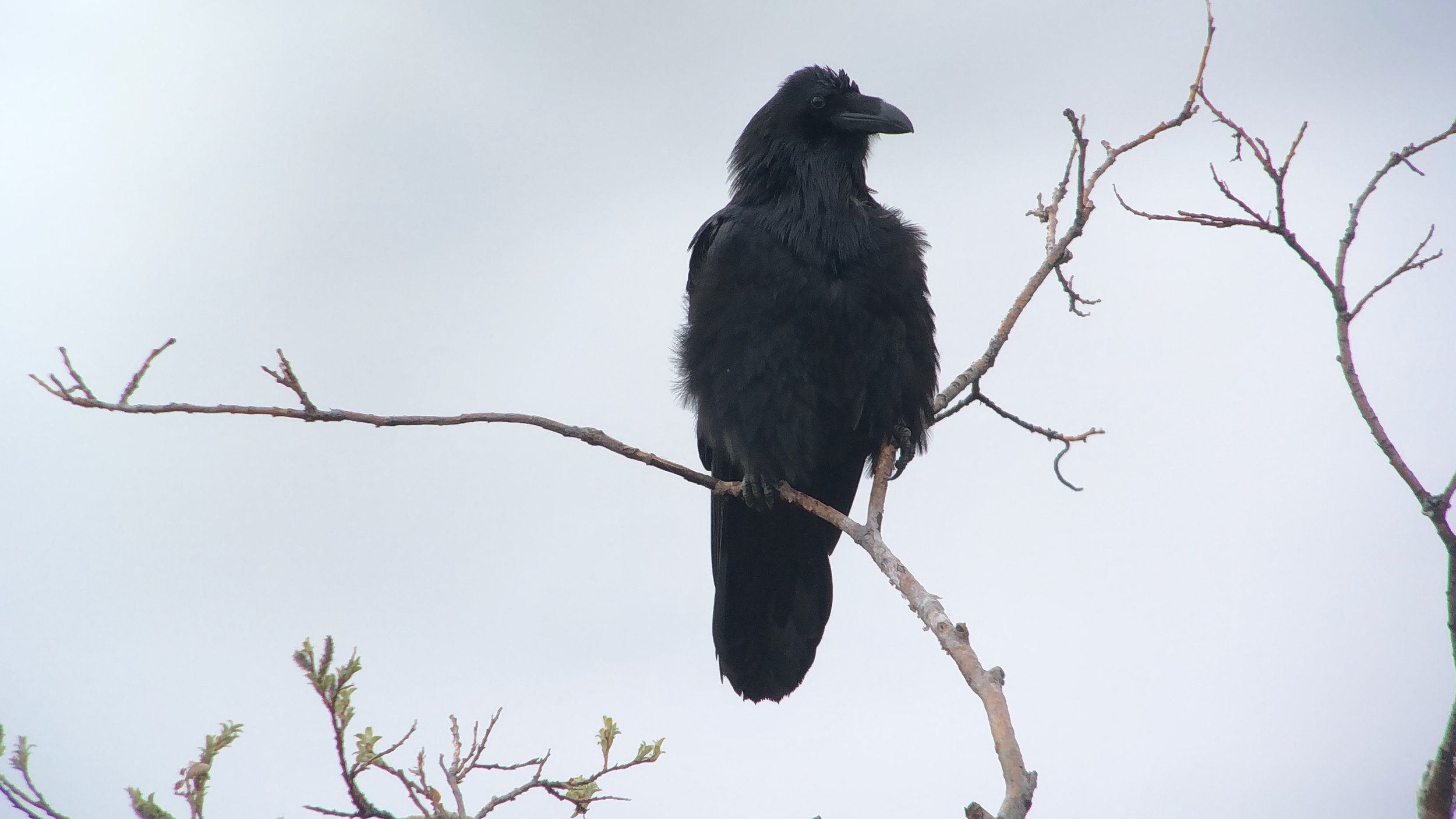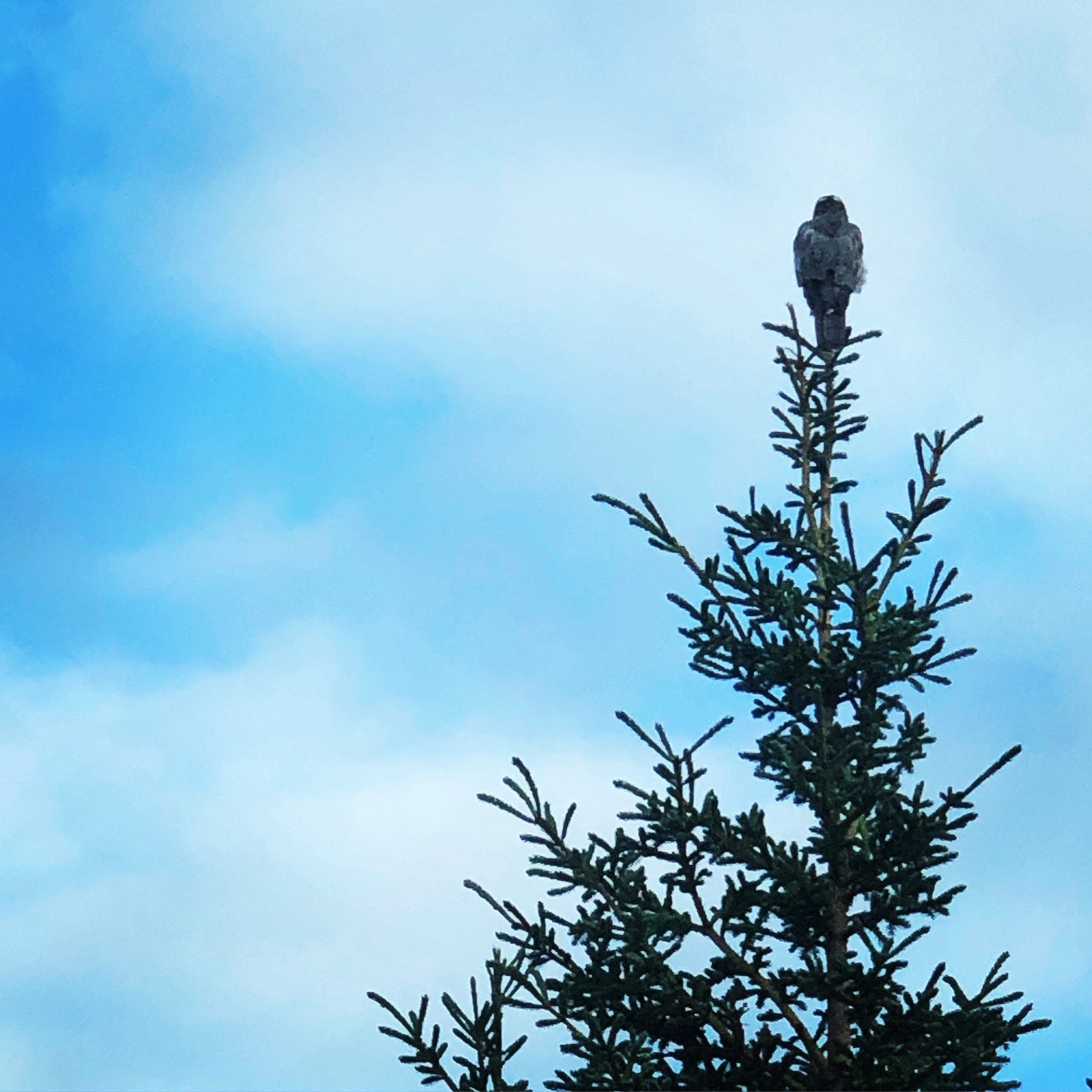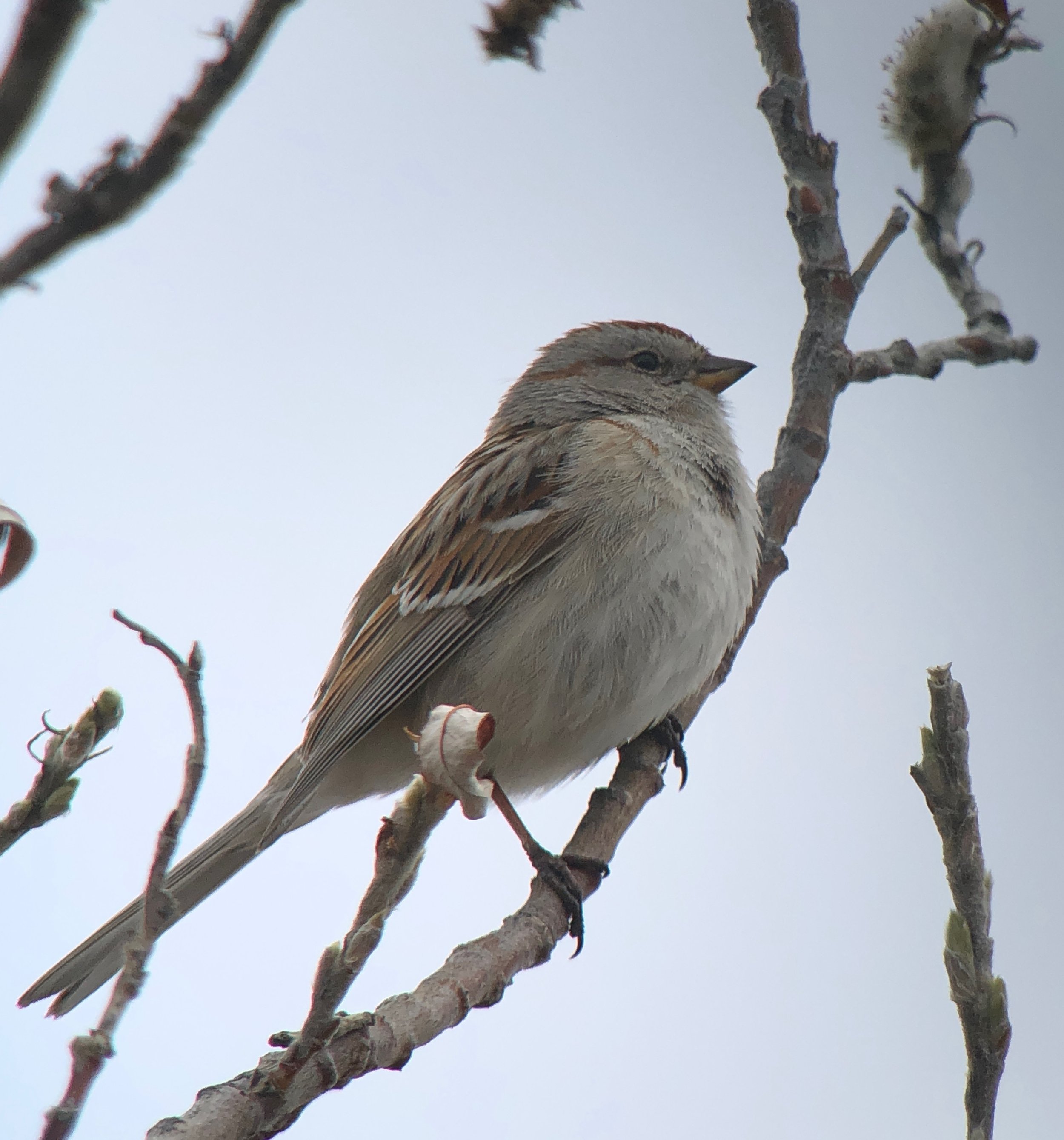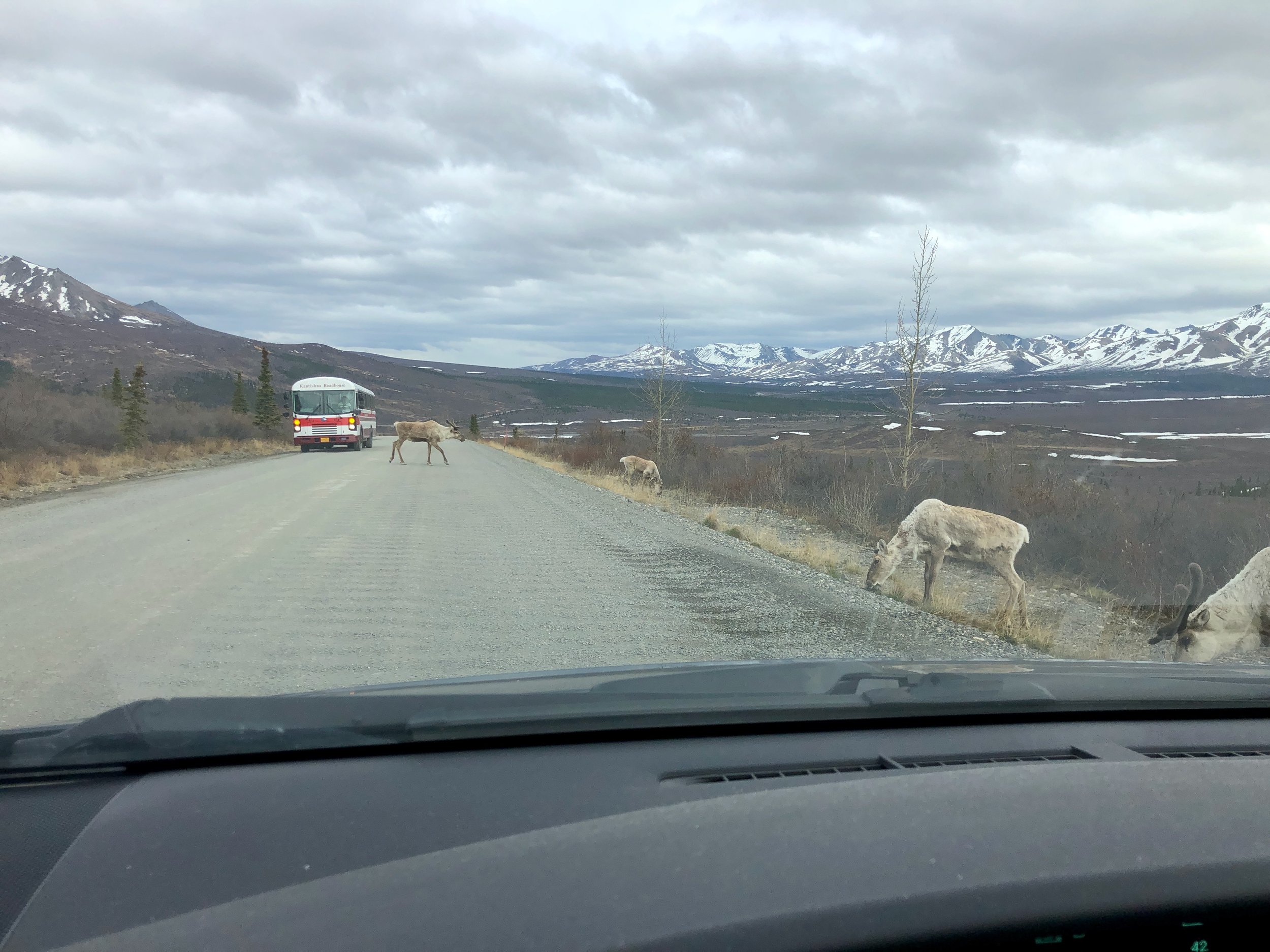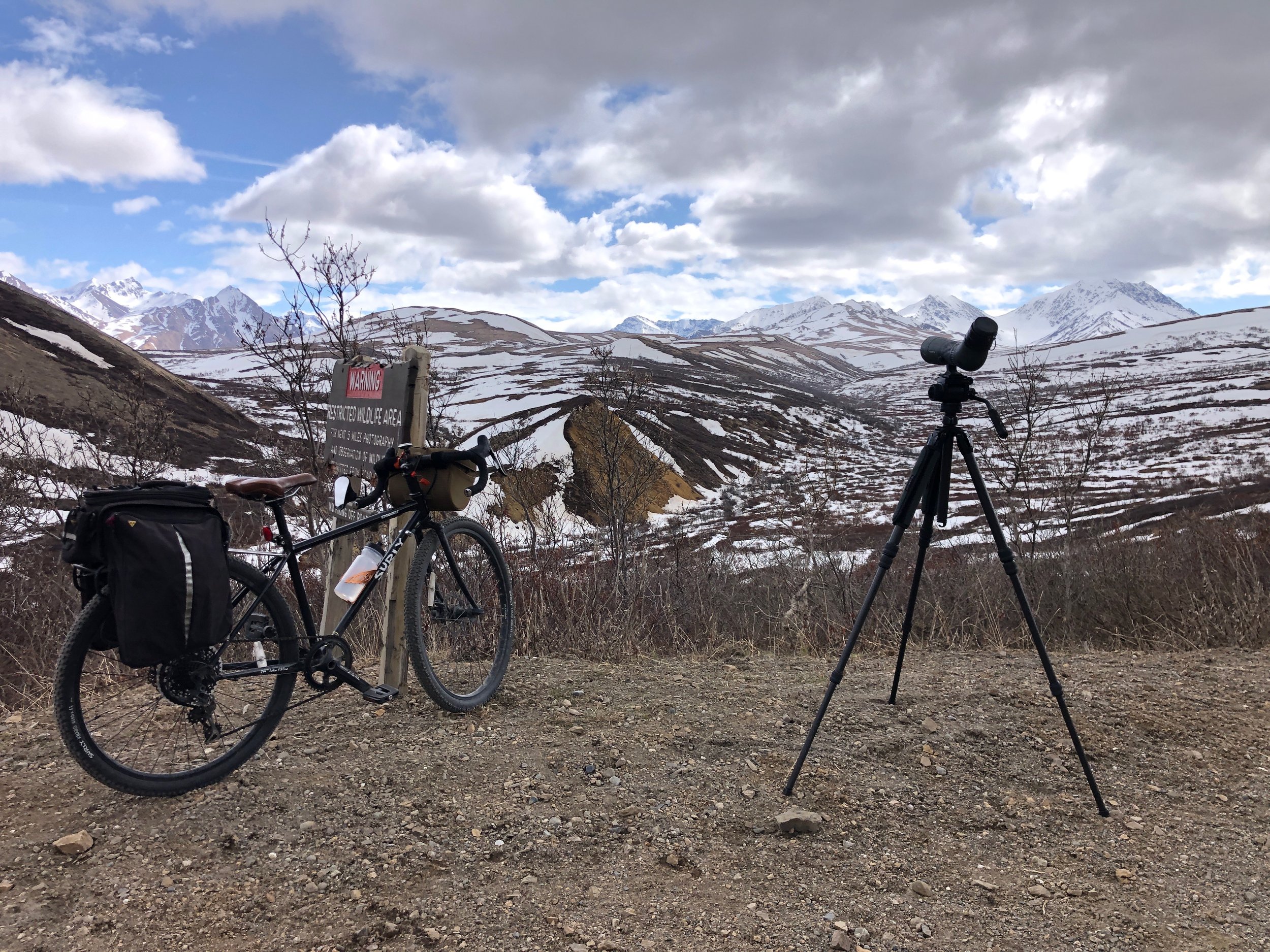I have a robust collection of bird books and some that are over a century old. I was recently looking over Birds of America originally published in 1917 but I think my copy is from the 1930s. I was just doijng some casual browsing about woodpeckers and came across the section of other names for red-bellied woodpecker:
Male red-bellied woodpecker.
Zebra Bird (looking at their backs, makes sense)
Zebra-back (ok)
Chad (Wait…what?)
Shamshack (OK, now you’re just making this up)
Ramshack (What next, Abendego?)
OK, the “zebra bird” and “zebra-back” are actually better names than red-bellied woodpecker. But I was curious about “chad.”
A chad coming in for a drink while a couple of robins wrestle in the bath.
According to the book, “Chad is also a common appellation in some of the middle western States.” And it goes on later to say, “…upon alighting often gives voice to the harsh, brassy, cry of chad, chad, from one of its local names has been acquired.” That actually makes sense. In my brain I hear red-bellies as saying, chew chew when they give their call, so chad isn’t too far of a stretch…but shamshack and ramshack? I did some mild googling and found another great name, jamjack! The article says that it is also derived from some of the calls that I might call chew chew. So, I guess I will forever be noting chads out my window shouting “shamshack!”
Female red-bellied woodpecker tongue.
Incidentally, as I was doing all this deep diving on the red-bellied woodpecker tonight, I noted that All About Birds says, “Males have longer, wider-tipped tongues than females, possibly allowing a breeding pair to forage in slightly different places on their territory and maximize their use of available food.”
Yes, every woman is thinking about “foraging potential” when they read about a longer, wider-tipped tongue…




